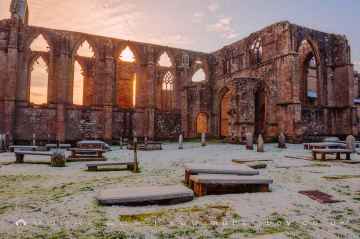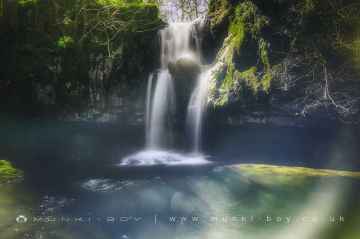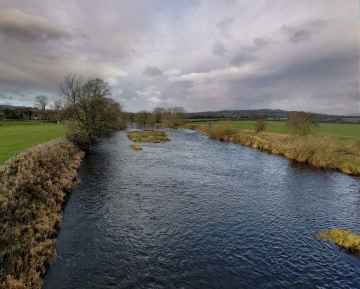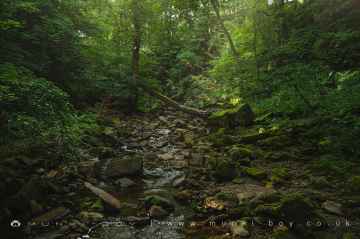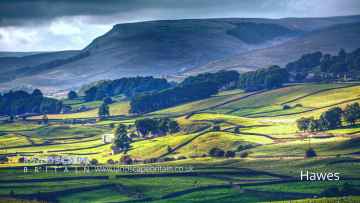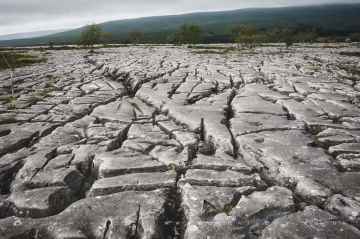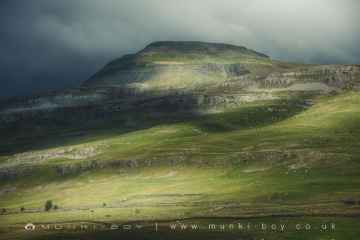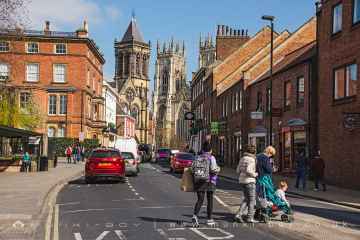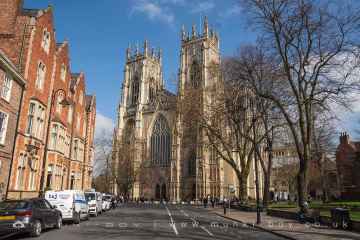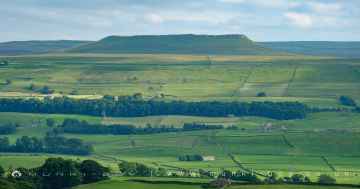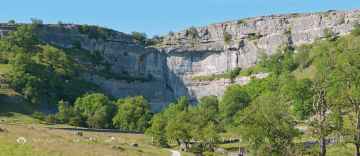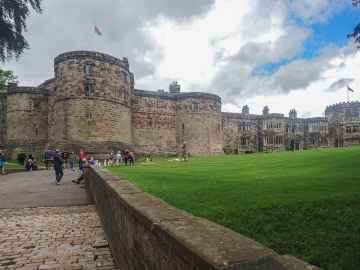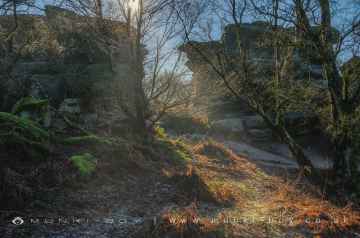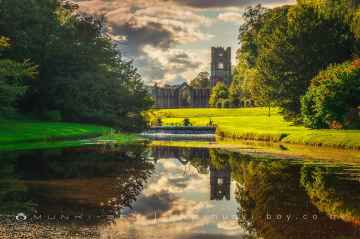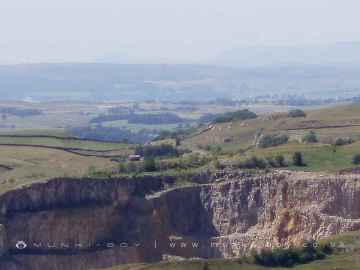Eston
Eston is a Town in the county of North Yorkshire.
Eston postcode: TS6 7
There are great places to visit near Eston including some great waterfalls, ruins, historic monuments, hiking areas, villages, rivers and streams, towns, caves, limestone pavements, mountains, cities, historic buildings, hills, geological features, castles, old mines, country parks, parks, gardens and ancient sites.
There are a number of waterfalls near Eston including Catrigg Force, Lockin Garth Force, Whitfield Gill Force, Slape Wath Waterfall, Mill Gill Force, Cotter Force, and Aysgill Force.
Bolton Abbey, Byland Abbey, Norton Tower (ruin), Easby Abbey (ruin), Fountains Abbey and Studley Royal Water Garden, Fountains Abbey (ruin), and Trig Point on Warrendale Knotts are great places to visit near Eston if you like ruins.
Don't miss Bolton Abbey, Rylstone Crag and Rylstone Cross, Culloden Tower, and Robin Hood's Well (Fountains)'s historic monuments if visiting the area around Eston.
There are a number of hiking areas near Eston including Deepdale, Cotterdale, Southerscales, Ingleton Waterfalls Trail, Swilla Glen, Baxenghyll Gorge, and Raven Ray.
Eston's best nearby villages can be found at Pool-in-Wharfedale, Askrigg, Hardraw, West Burton, Bainbridge, Aysgarth, and Malham.
Whitfield Beck, Mill Gill, Hardraw Beck, River Wharfe, and Walden Beck at West Burton are great places to visit near Eston if you like rivers and streams.
Eston has some unmissable towns nearby like Hawes, Skipton, Grassington, Richmond, Middlesbrough, Harrogate, and Settle.
Caves to visit near Eston include Great Douk Cave, White Scar Cave, Yordas Cave, Gaping Gill, Janet's Cave, Horseshoe Cave, and Jubilee Cave.
Don't miss Southerscales, Malham Cove, and Warrendale Knotts Limestone Pavement's limestone pavements if visiting the area around Eston.
Mountains to visit near Eston include Ingleborough.
Eston has some unmissable cities nearby like York, and Ripon.
The area around Eston features a number of interesting historic buildings including York Minster, Marton House, Norton Tower (ruin), Church of St Peter - Rylstone, Culloden Tower, and Beggar’s Bridge.
Addlebrough, Embsay Crag, Rylstone Crag and Rylstone Cross, Warrendale Knotts, Giggleswick Scar, Blua Crags, and Sugar Loaf Hill are great places to visit near Eston if you like hills.
There are a several good geological features in the Eston area like Malham Cove, Grassington Lead Mines, and Brimham Rocks.
The area around Eston boasts some of the best castles including Skipton Castle, Richmond Castle, and Bolton Castle.
Grassington Lead Mines is one of Eston's best, nearby old mines to visit in Eston.
Country Parks to visit near Eston include Brimham Rocks.
Eston has some unmissable parks nearby like Fountains Abbey and Studley Royal Water Garden, Fountains Abbey (ruin), and Studley Royal Water Garden.
Fountains Abbey and Studley Royal Water Garden is one of Eston's best, nearby gardens to visit in Eston.
Don't miss Schoolboys Tower, Jubilee Cave, and Victoria Cave's ancient sites if visiting the area around Eston.
Eston History
There are some historic monuments around Eston:
Places to see near Eston
History of Eston
The land around Eston has been occupied since 2400 BC. The 1841 discovery of ironstone in Eston Hills by industrialists from Middlesbrough (most notably Henry Bolckow and John Vaughan) saw Eston develop from two cottages in 1850 to a thriving mining town. Miners’ cottages, although altered, can still be seen in parts of Eston. The mining history of Eston was the subject of A Century in Stone, which describes how the mines were responsible for making Teesside the iron and steel capital of the world. The film, by Craig Hornby of Pancrack Films, sold out in local cinemas and across Australia.
The Teesside steel industry that was started from these mines eventually produced the steel that built the Sydney Harbour Bridge. The mines have been closed since 1949, after 100 years of production. Teesside steel became part of the nationalised British Steel Corporation, which in turn became the Corus Group. The Middlesbrough area became the world’s leading iron and steel producing capital initially due to the output of the Eston mines.



















